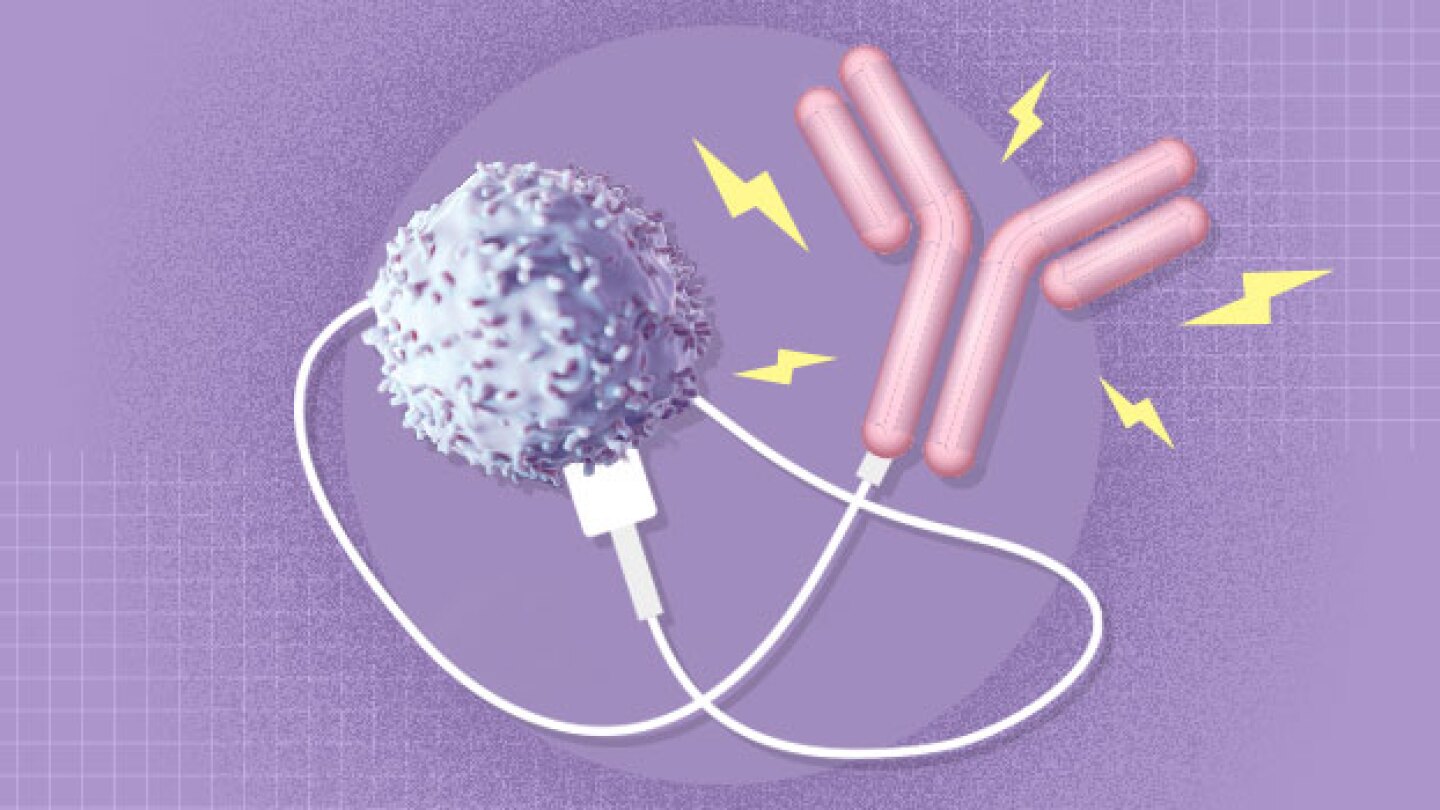News
Canada’s health agency says it has been “taking all necessary action safeguard the drug supply and ensure Canadians have access to the prescription drugs they need.”
FEATURED STORIES
Psychedelic drug developers are undeterred by the FDA’s Complete Response Letter for the company’s MDMA therapy for PTSD, and experts expect Lykos will ultimately obtain approval.
Regeneron, Akouos and Mass Eye and Ear are testing therapies that can reverse genetic protein deficiency to restore hearing, with promising early results.
The entry of new players and new approaches into the ATTR-CM space could help bring down the cost of treatment, experts say.
Job Trends
Merck, known as MSD outside of the United States and Canada, and Eisai provided updates on two Phase 3 trials, LEAP-006 and LEAP-008, evaluating KEYTRUDA, Merck’s anti-PD-1 therapy, plus LENVIMA, the orally available multiple receptor tyrosine kinase inhibitor discovered by Eisai, in patients with certain types of metastatic non-small cell lung cancer.
FROM OUR EDITORS
Read our takes on the biggest stories happening in the industry.
Unpredictable communication and a lack of transparency are eroding the industry’s and the public’s trust. The FDA, experts agree, needs to take control of the narrative.
THE LATEST
The last few years have been tough for the insulin market, with recent policies and high-level pressure forcing companies to lower drug prices.
Konstantina Katcheves, Senior VP of Innovative Global Business Development at Teva Pharmaceuticals brings insights from the World Economic Forum to SCOPE 2025.
Pfizer reacts to Donald Trump’s tariff threats on big pharma, another regulatory meeting is canceled under RFK Jr., AbbVie and Eli Lilly strike mid-sized deals in obesity and molecular glues, priority review vouchers set to take a hit and immuno-oncology matures.
Merck’s Keytruda holds on to the top spot while AbbVie’s Humira—once the world’s top-selling drug—continues to cede its market share to biosimilar competitors.
Congress did not reauthorize the rare pediatric disease priority review program at the end of 2024. Advocates say the ripple effect is already being felt across biopharma.
Less than two months after two FDA-related setbacks, Atara Biotherapeutics is again cutting its workforce in half. This time, it’s also hitting pause on two CAR T programs, including one affected by an FDA clinical hold in January.
The approval for the first-line treatment of esophageal squamous cell carcinoma comes shortly after a label expansion for the drug in gastric and gastroesophageal cancers as BeiGene also pushes forward a pipeline of novel cancer therapies.
TNKase is the first stroke drug to win FDA approval in nearly three decades.
Last week, Eli Lilly also responded to the President’s tariff warnings by investing $27 billion to construct four manufacturing facilities across the U.S. in five years.
The partners are pushing to expand Enhertu’s list of indications beyond its standing uses in breast, lung and gastric cancers.

















